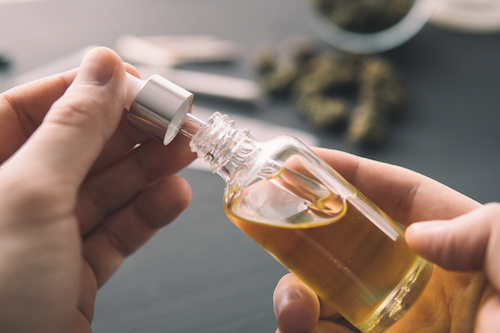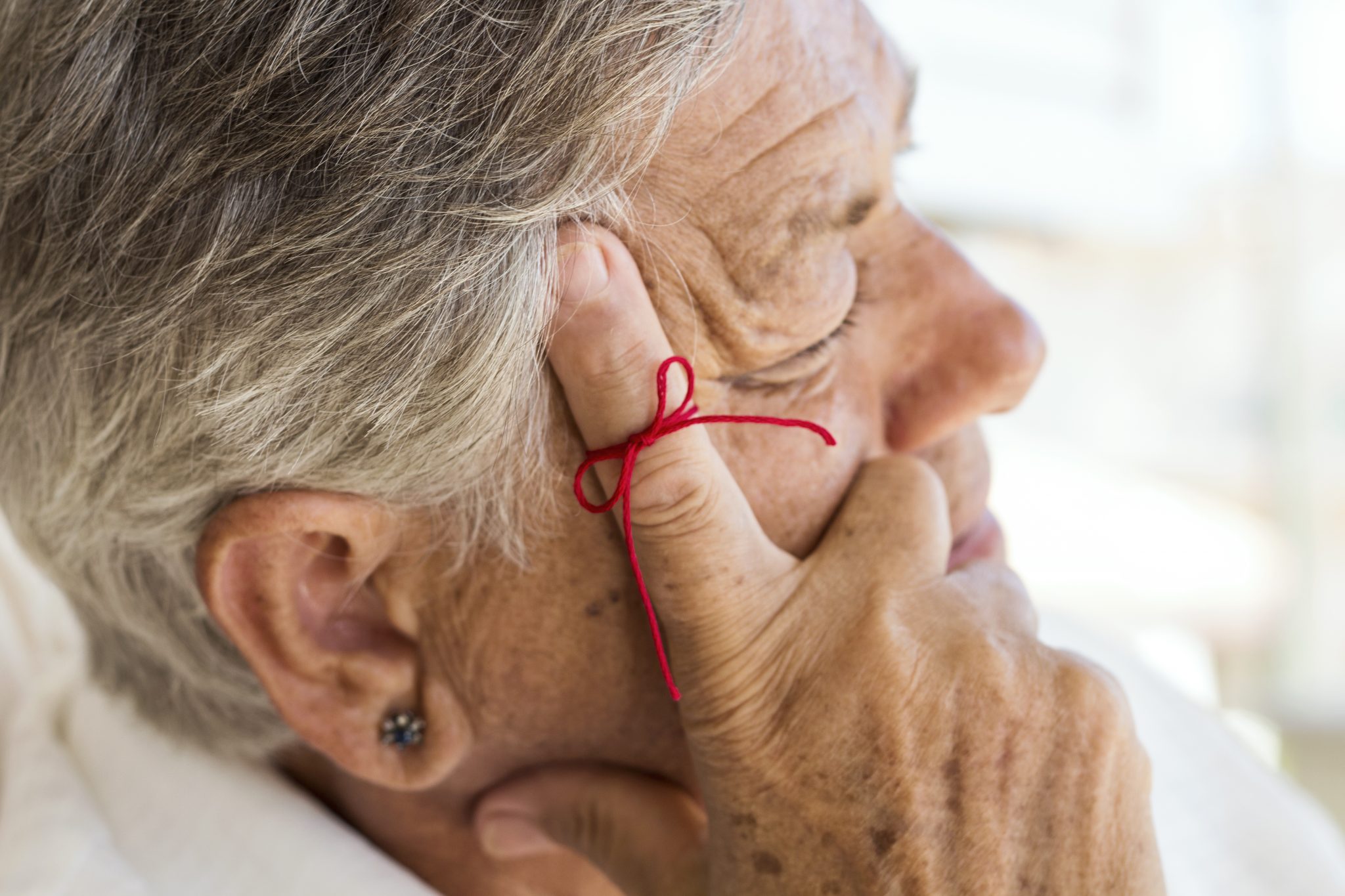Aerobic and Resistance Exercise Reduces Cardiac Adipose Tissues as Well as Drugs
Excessive fat tissue around the heart poses a risk for cardiovascular disease. What can be done to reduce the risk? Bariatric surgery and pharmaceutical drugs, such as the glucagon-like peptide analogs, sodium-glucose transporter-2 inhibitors, and lipid-lowering drugs, successfully reduce epicardial adipose tissue mass and thus, the risk of developing cardiovascularRead











